Behind the beautifully grotesque art of Scorn
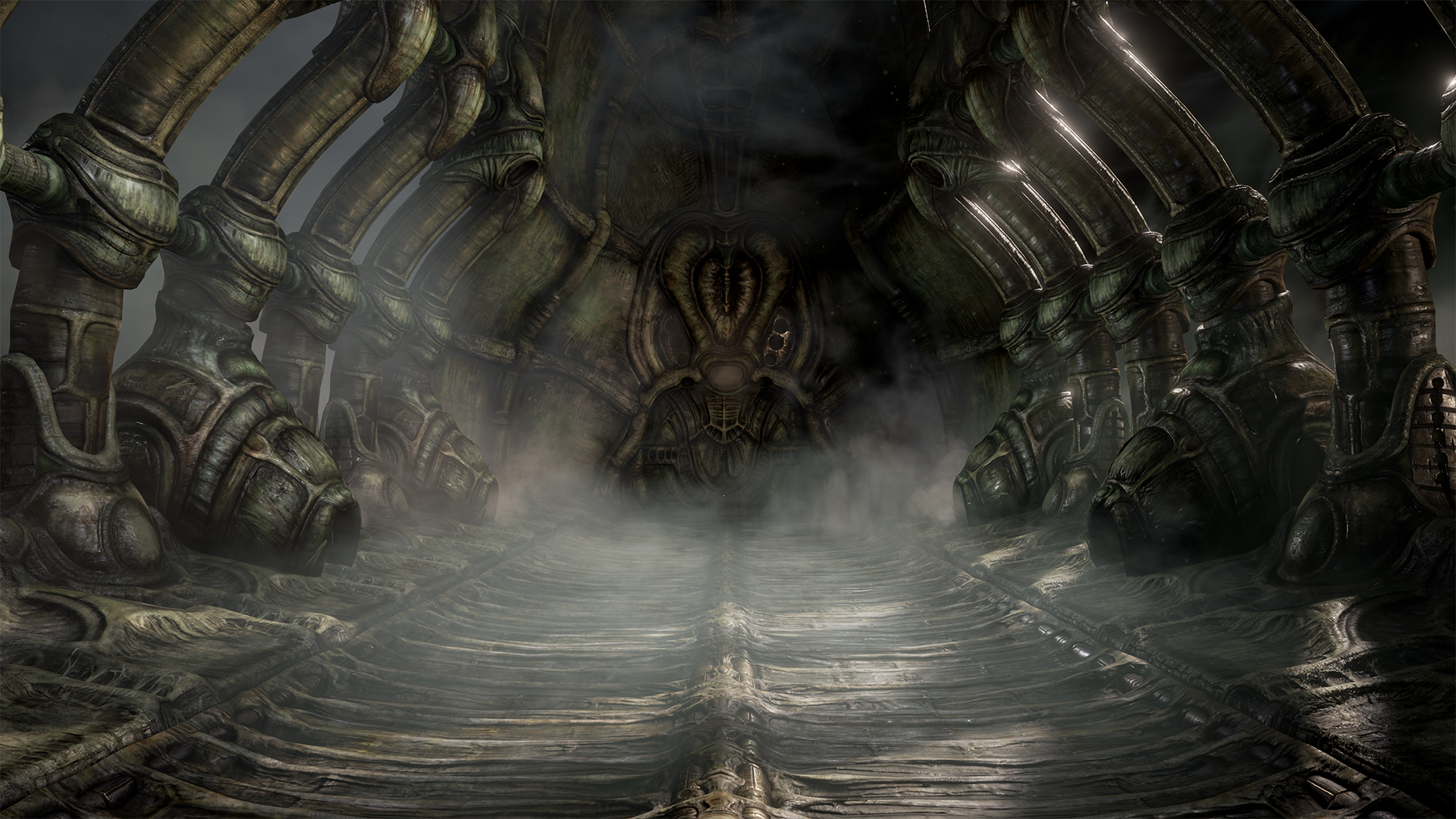
Scorn is the kind of gross that you can’t look away from. It’s an FPS horror adventure that you might remember from a haunting trailer released nearly three years ago. A Kickstarter followed but never got off the ground. Now developer Ebb Software is back with a new, much more successful Kickstarter, thanks to a beefy gameplay video that sells Scorn's vision as part shooter, part Myst, but really fucked up.
To get a better sense of Scorn’s delightfully disgusting aesthetic and its troubled history, I spoke with project lead Ljubomir Peklar, who tells me he had a hard time finding artists who understood his vision.
“It’s kind of funny, we never managed to find another concept artist besides [Filip Acovic] because most people have a hard time understanding what I want and have very limited ideas when it comes to design,” he says. “When [other artists] ran out of ideas, every one of them started doing big teeth, big eyes and some form of bugs. That’s when I know we hit a wall and the artist is scraping from the bottom of the barrel creatively. Most people think it just needs to be weird and that’s it.”
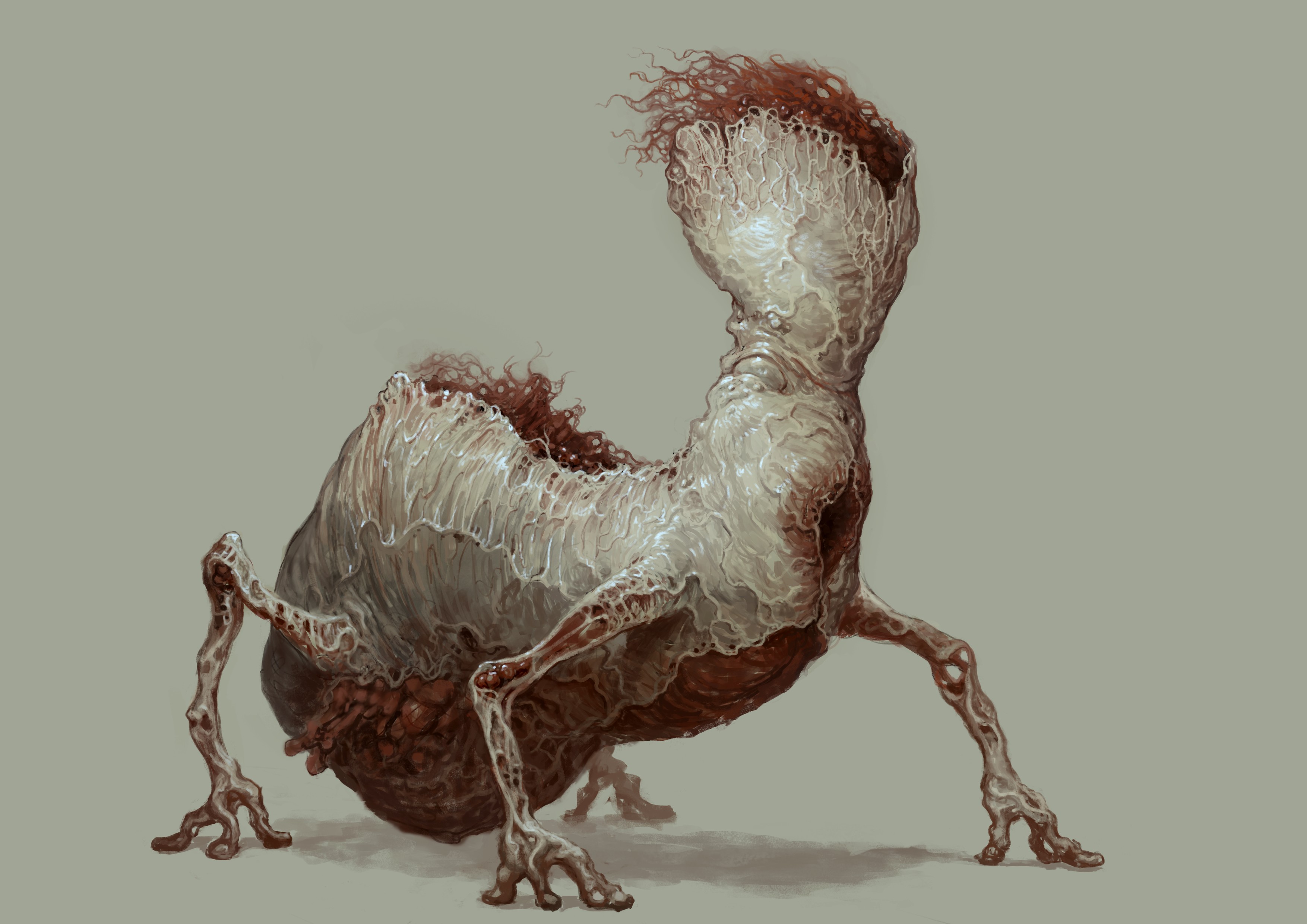
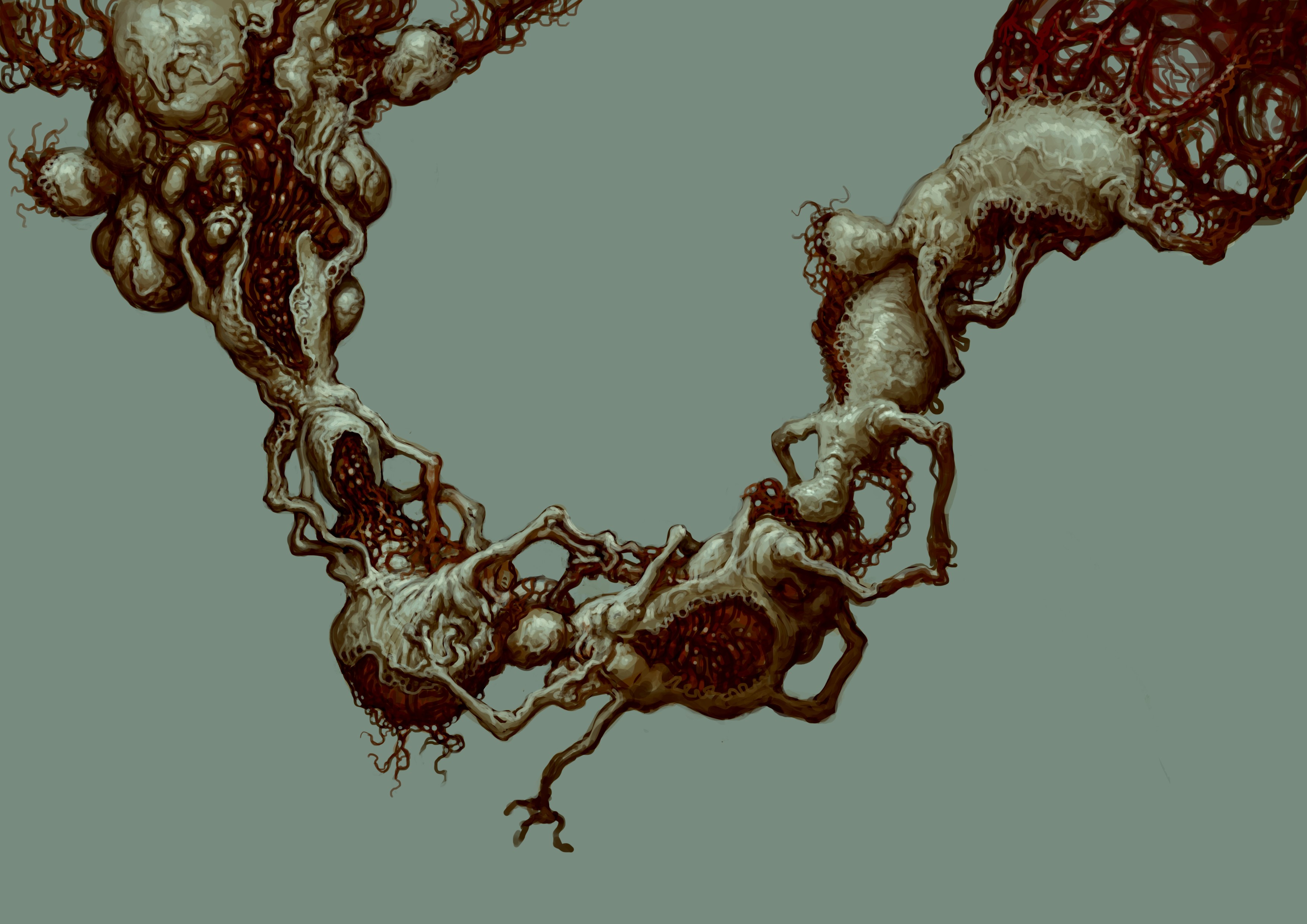
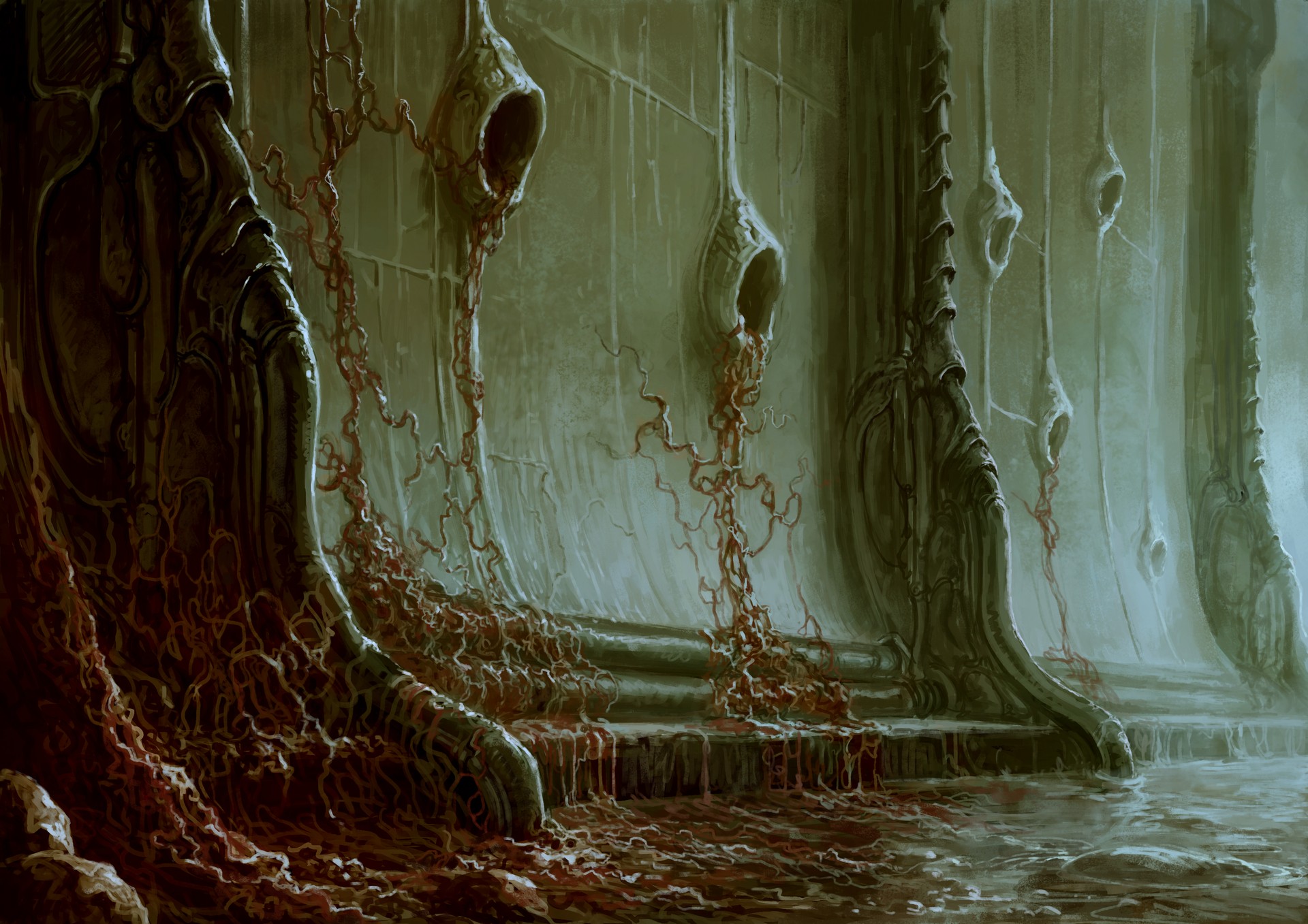
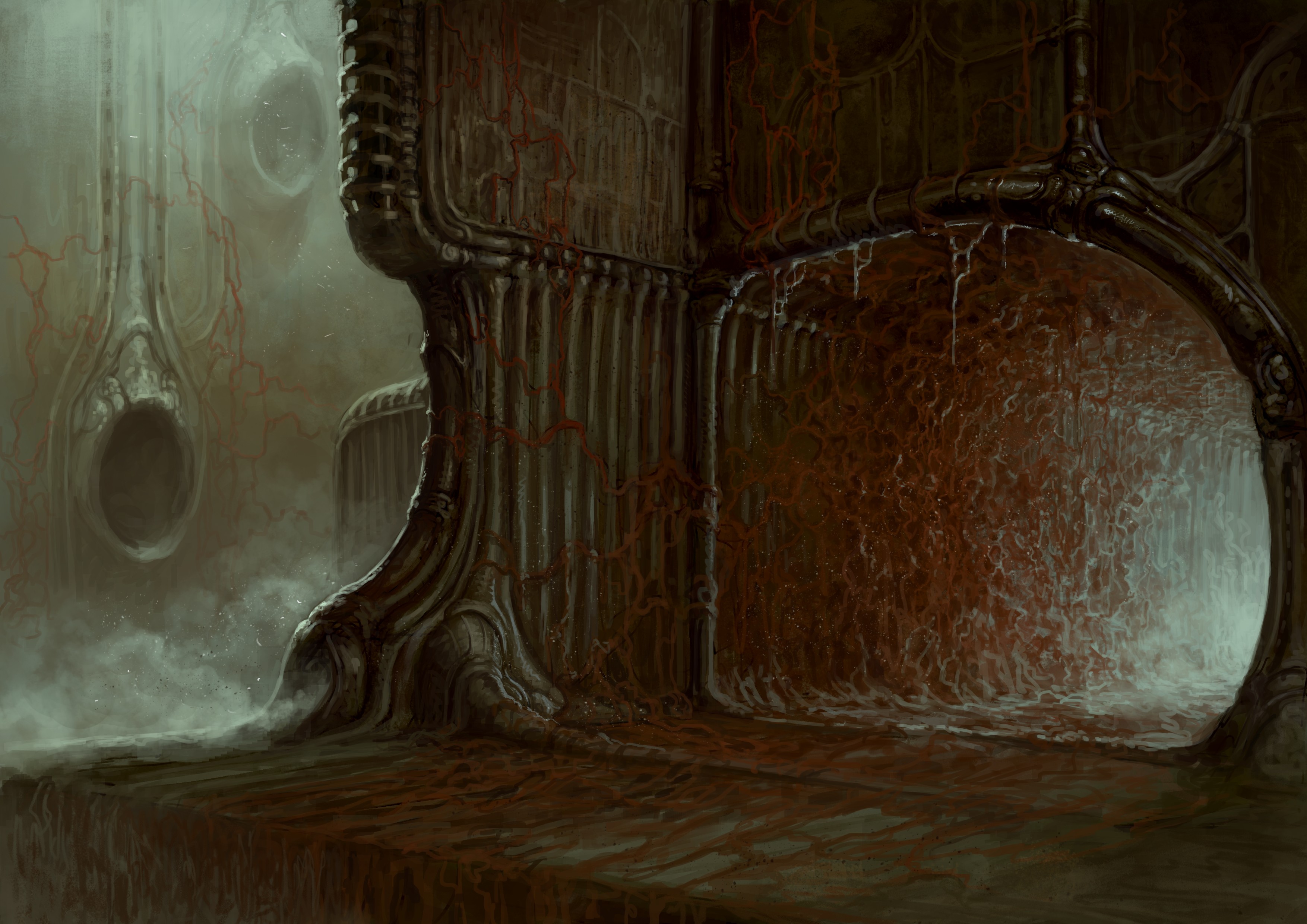
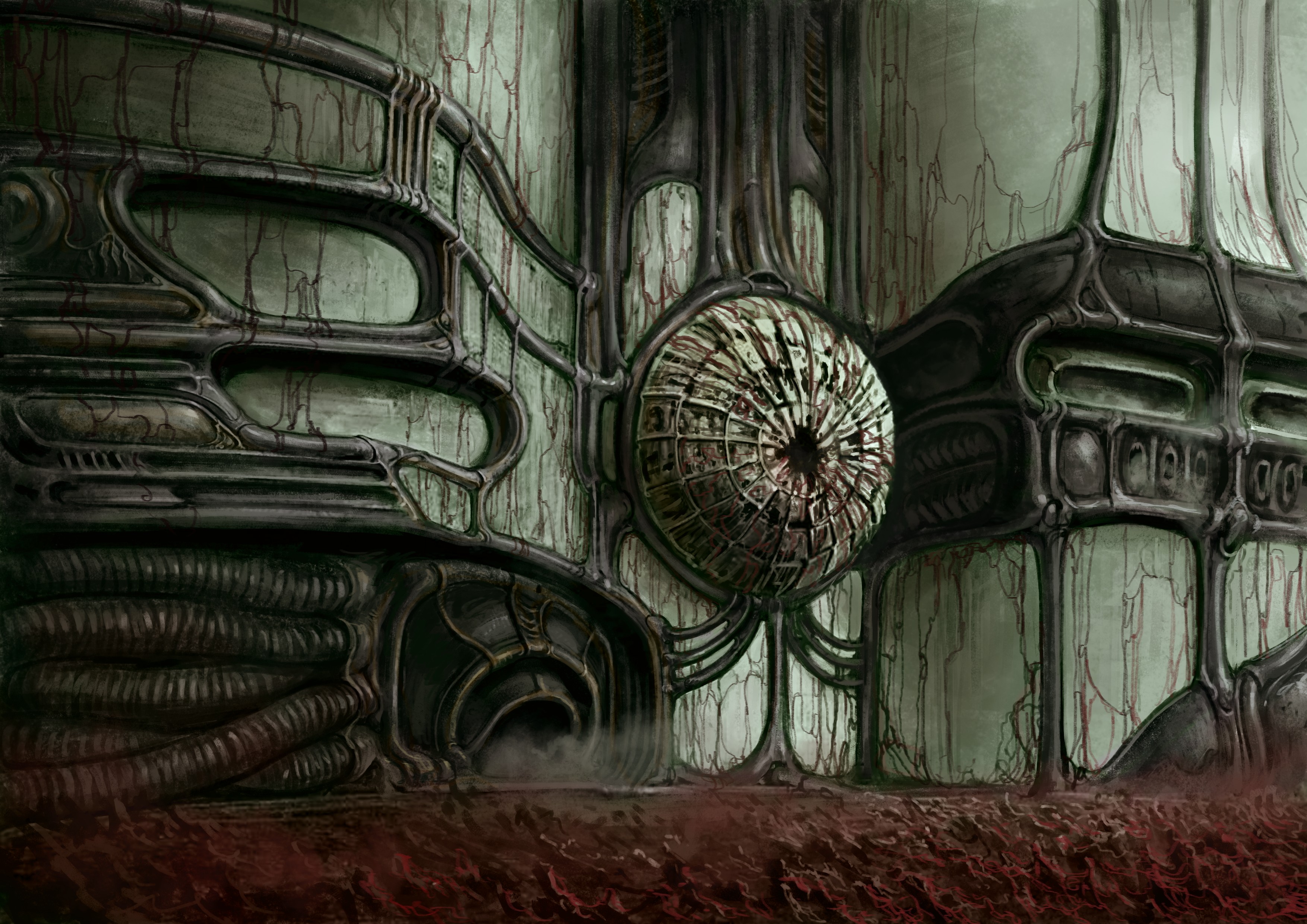
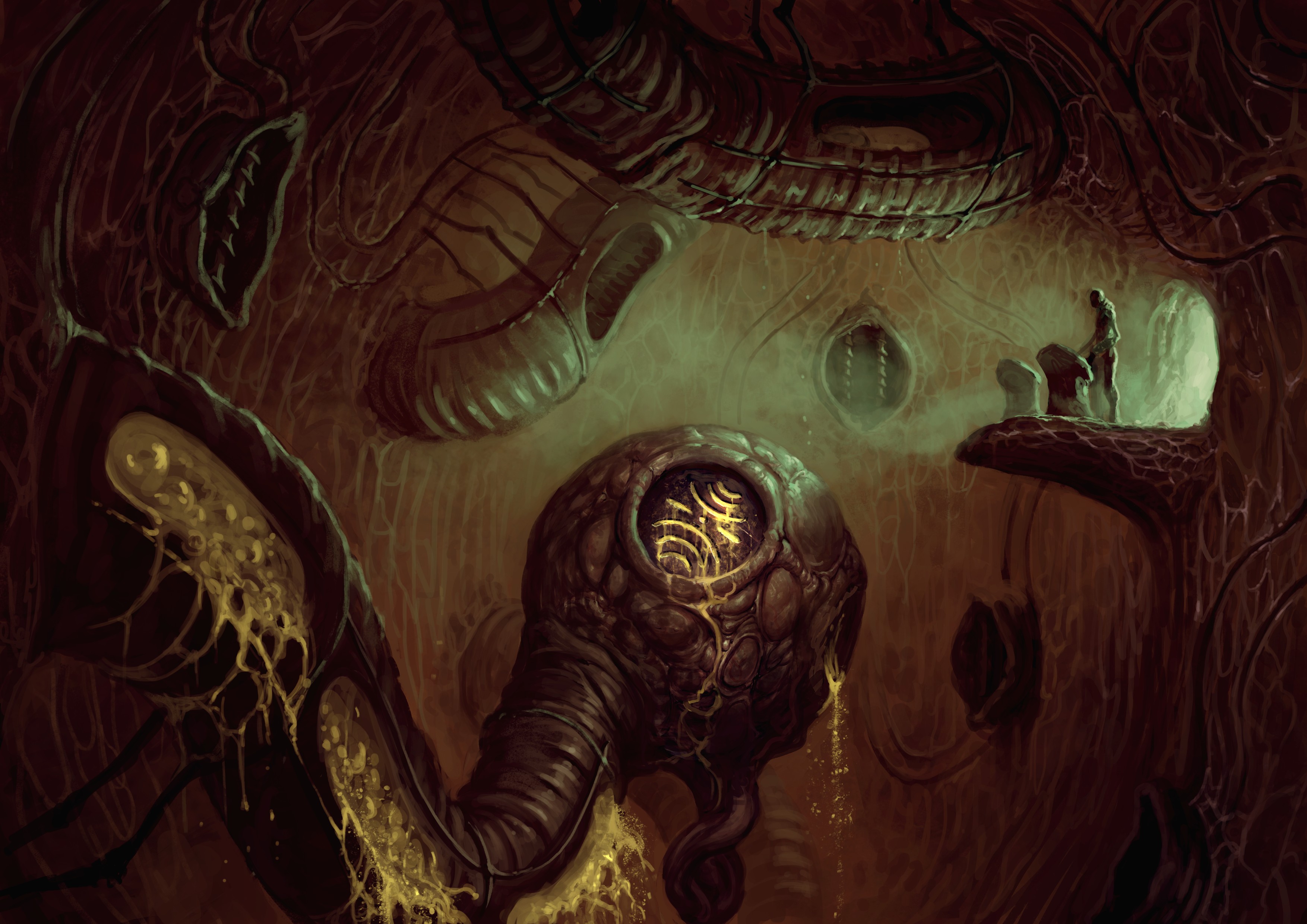
Weird didn't satisfy Peklar. Scorn’s world is a carefully sculpted, deliberately distorted abomination that acts as “a character itself”—a character Peklar describes as “biomechanical.” Largely inspired by the work of painters H.R. Giger and Zdzisław Beksiński, it blends the anatomical and organic with the mechanical and architectural to create fleshy, irregular landscapes inhabited by shambling monstrosities.
“It deals with human anatomy in a utilitarian way, how our organs and flesh work as a cohesive system,” Peklar says. “Every part of human anatomy interests me as part of a greater system.”
Scorn brings new meaning to the idea of a game world feeling alive. A hallway is a ribbed esophagus, a door is a toothy maw, a wall is thickly matted with moss-like viscera, a pillar looks to have been carved from muscle and bone. There are very few straight lines, and if you look hard enough you can find faces in everything. The playable character looks practically inside-out, and equipment and puzzle contraptions seem almost hungry in the way they latch onto you. Even the gun—a living weapon with interchangeable barrels connected to a writhing parasite—is positively wretched, which is very much on purpose.
“For everyone who asked, yes, the gun sounds like a gun because its ammunition is similar to gunpowder-based ammo,” Pekar says. “The gun mechanism has an organic component but it still works on the same principle as a regular gun.
The biggest gaming news, reviews and hardware deals
Keep up to date with the most important stories and the best deals, as picked by the PC Gamer team.
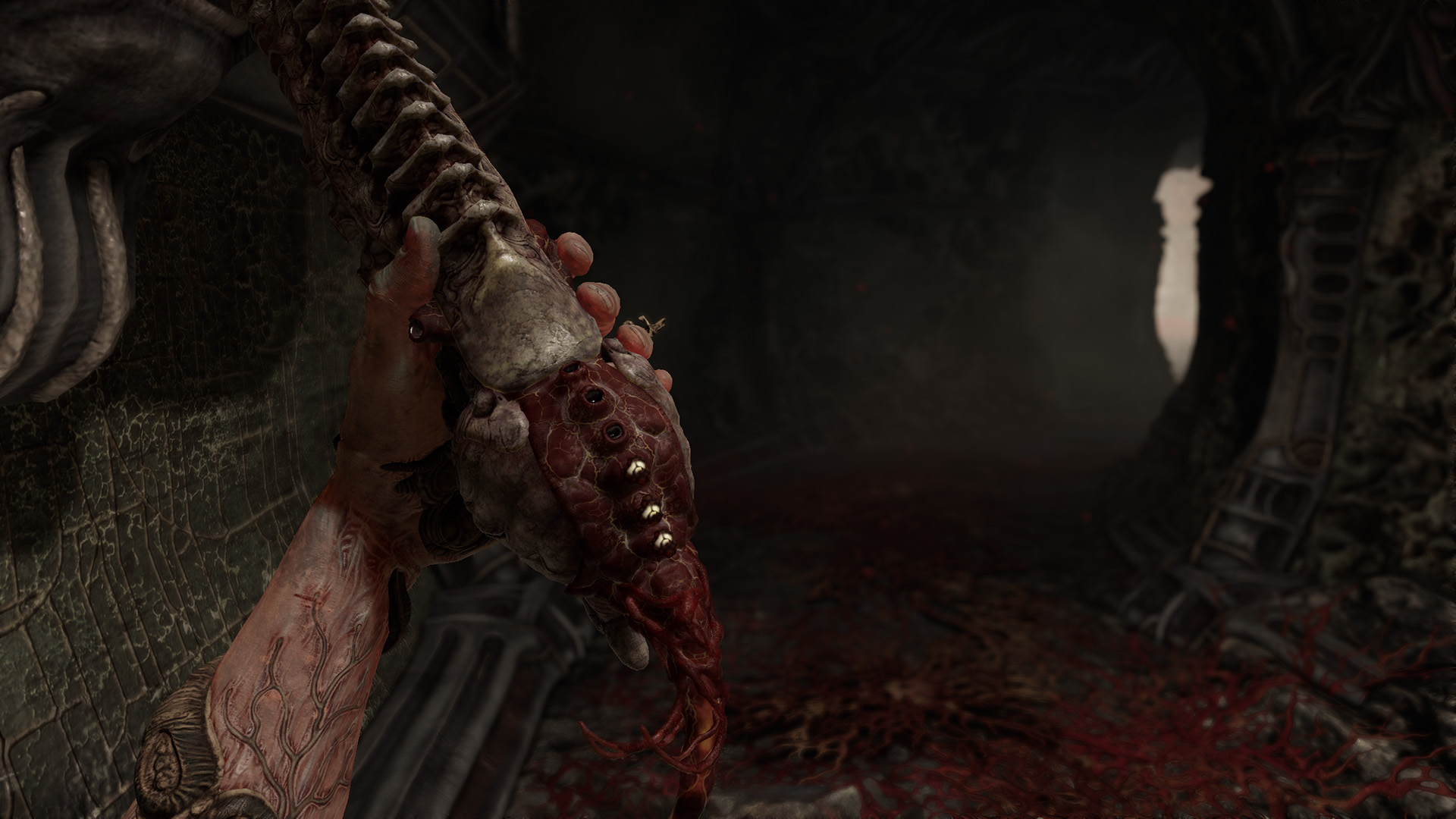
“My interest comes from the relation between a man and an object, how one changes the other. For that you need familiarity. I noticed that with our new trailer, people just want it to be weird for the sake of weird, and that is not what we are doing.”
While Beksiński is a lesser-known Polish painter, many people know Giger through the film Alien, whose titular monster was of Giger’s design. Some have suggested Scorn cribs directly from the serpentine alien’s design and Giger’s idea of pursuing beauty through horror, but Peklar says he has his own story to tell.
People just want it to be weird for the sake of weird, and that is not what we are doing.
Ljubomir Peklar
“Alien is one of my favorite movies,” he says. “I don’t really care for the sequels or the rubbish Ridley is doing now. Thematically, it’s not that similar. I would say the mystery and sense of unknown in the scene with the Space Jockey shares the most with Scorn.”
Though it’s still split into two parts, Scorn seems to have grown more focused since its failed Kickstarter, which made vague promises of non-linearity and reached ambitiously for multi-platform and VR support. At the time of writing, its new Kickstarter has raised 74 percent of its goal and will run for another three weeks. This success is partly thanks to a bolstered marketing team, Peklar says, and also the investor he met through “pure luck” just one month after the initial Kickstarter died.
It’s also a function of Scorn’s ongoing development. Ebb Software is more than 20 developers strong and has been working on Scorn for the past two years. They turned to crowdfunding as a final push to expand and polish existing elements.
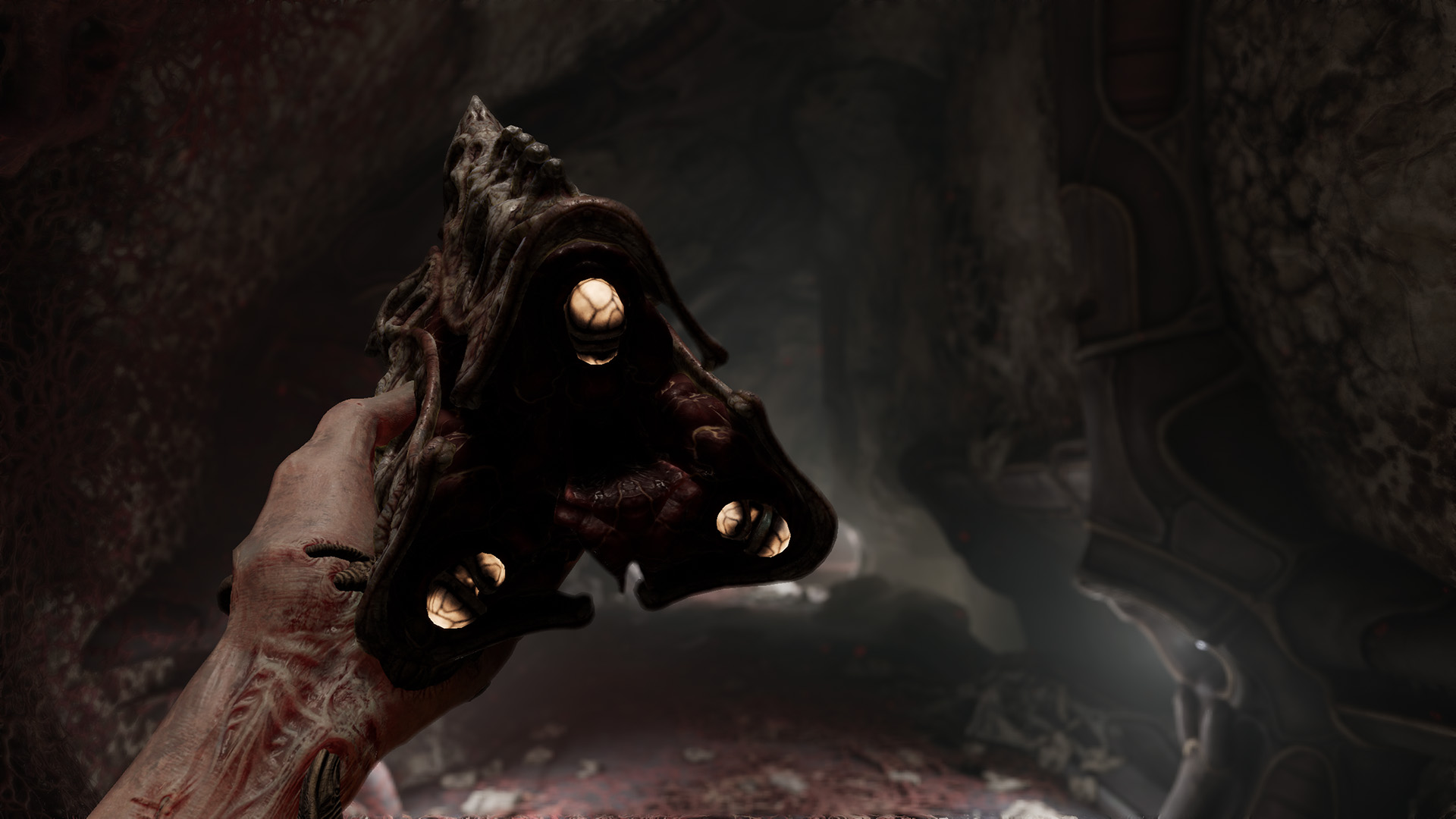
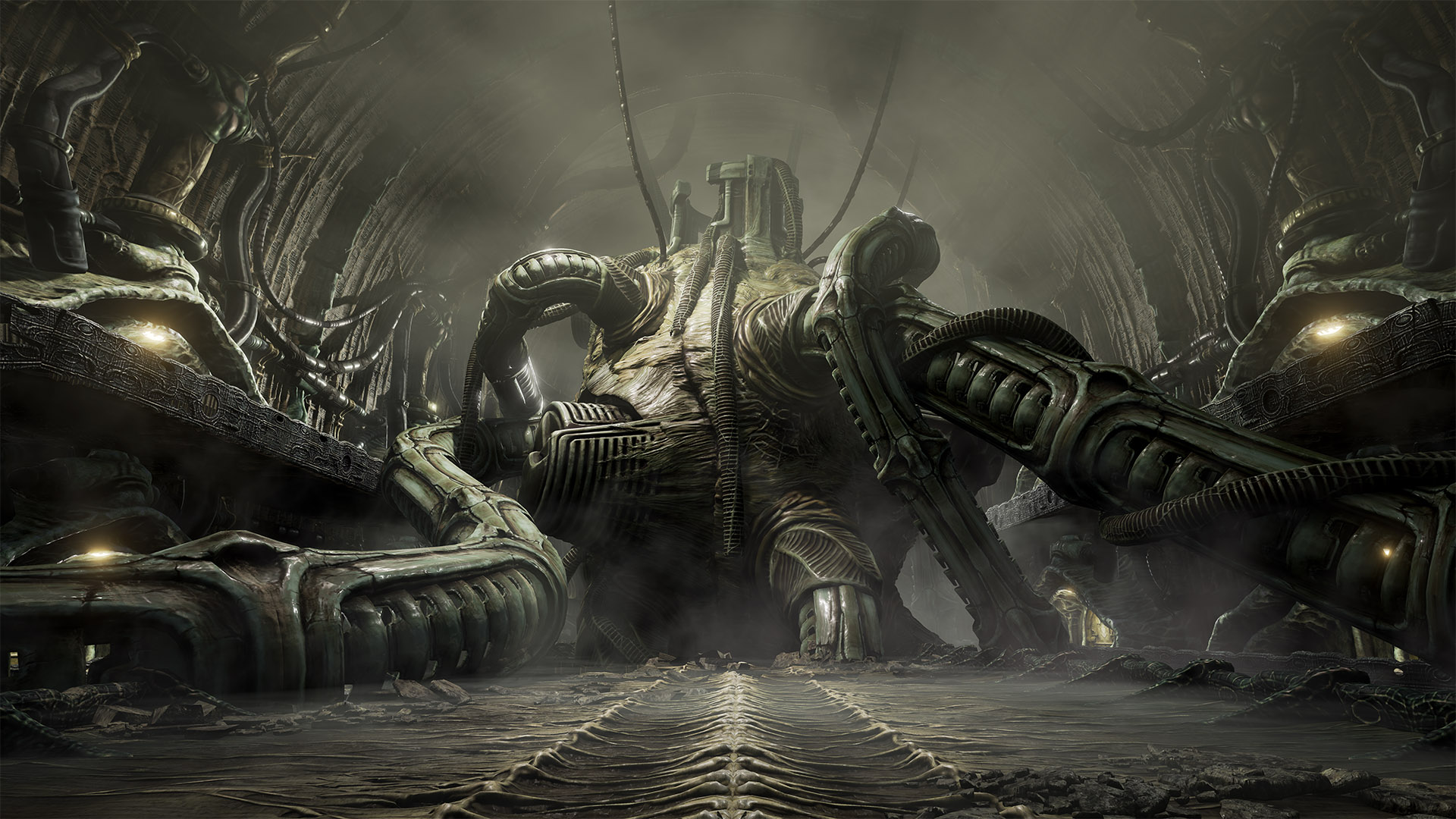
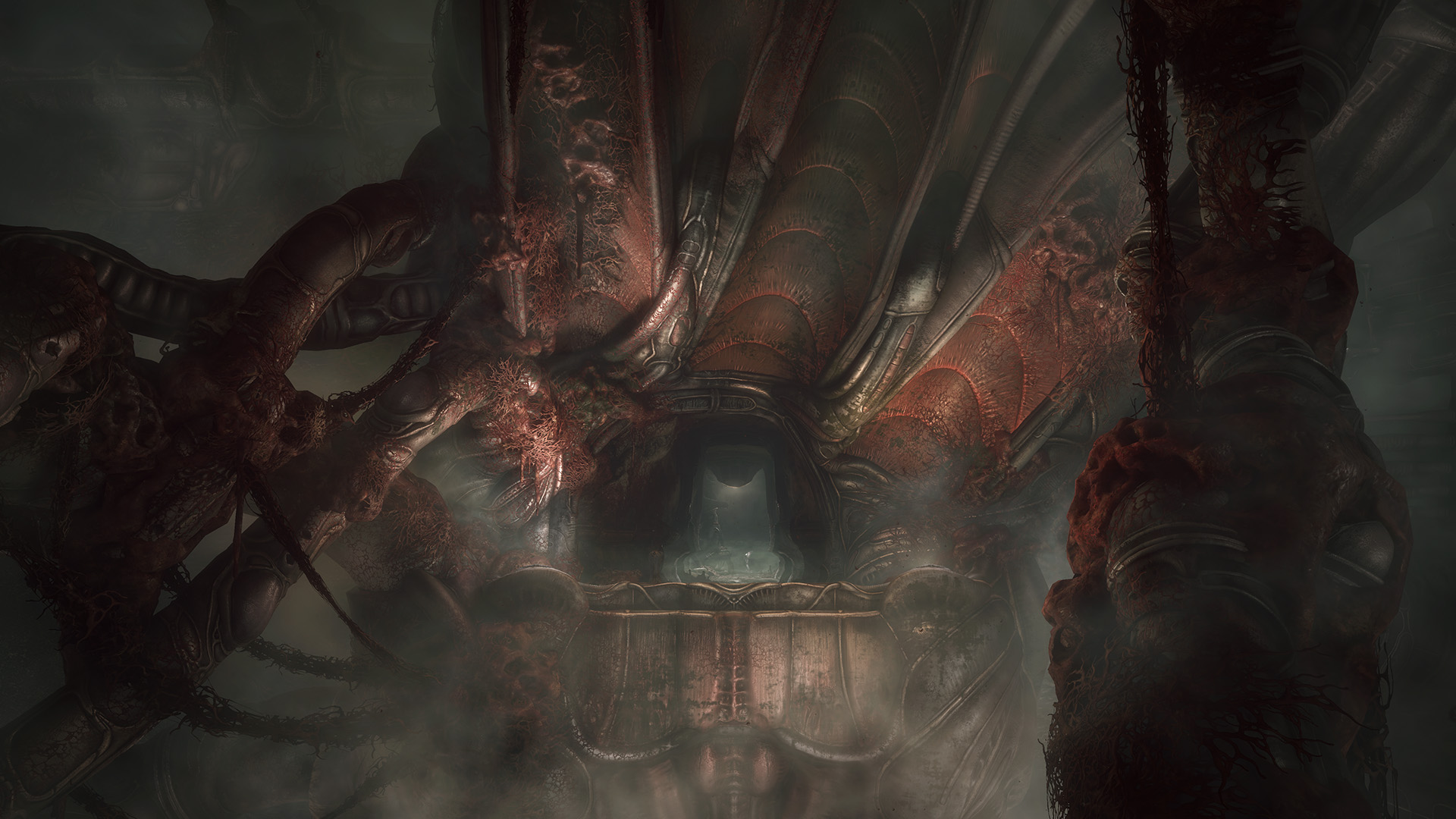
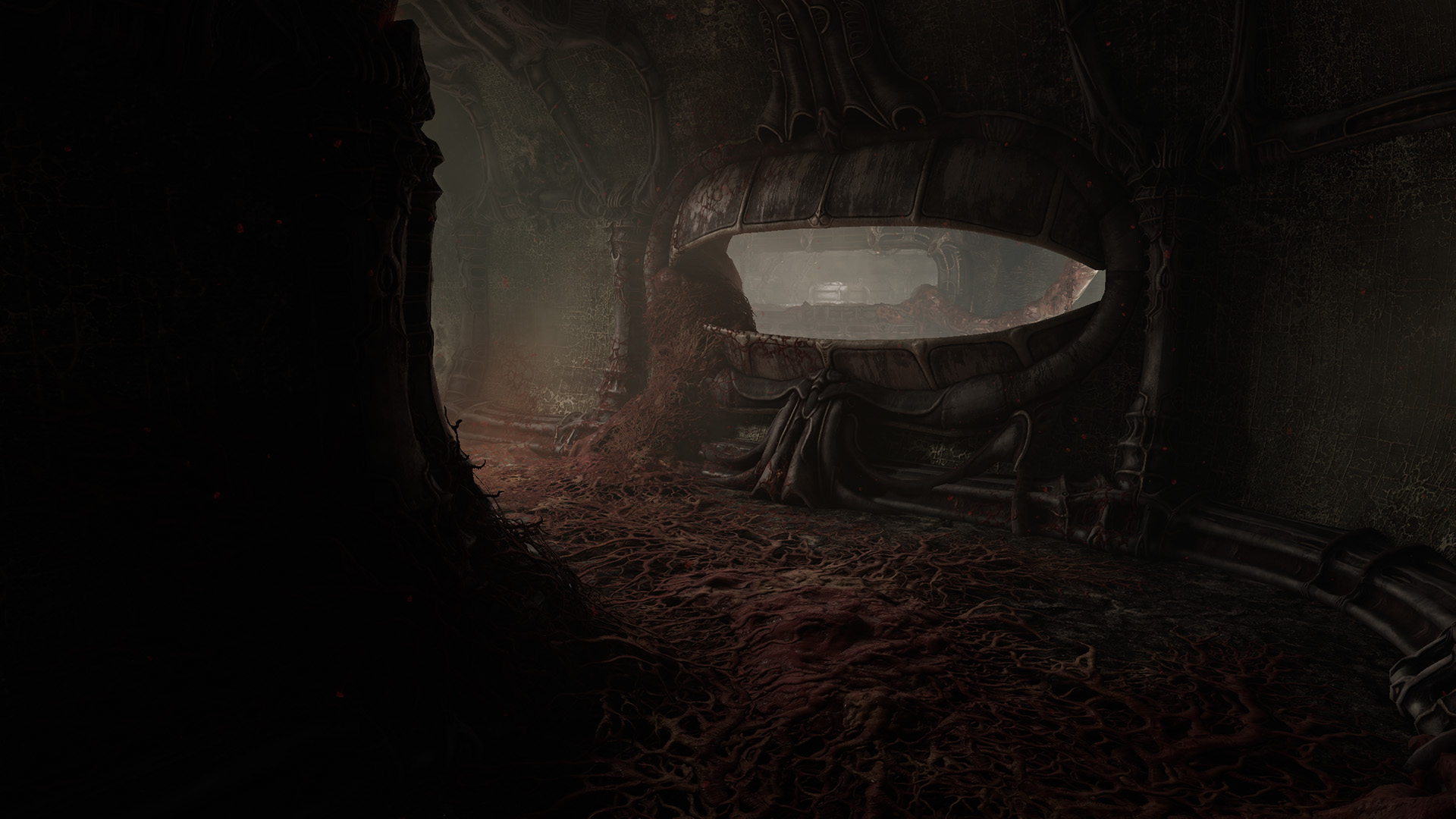
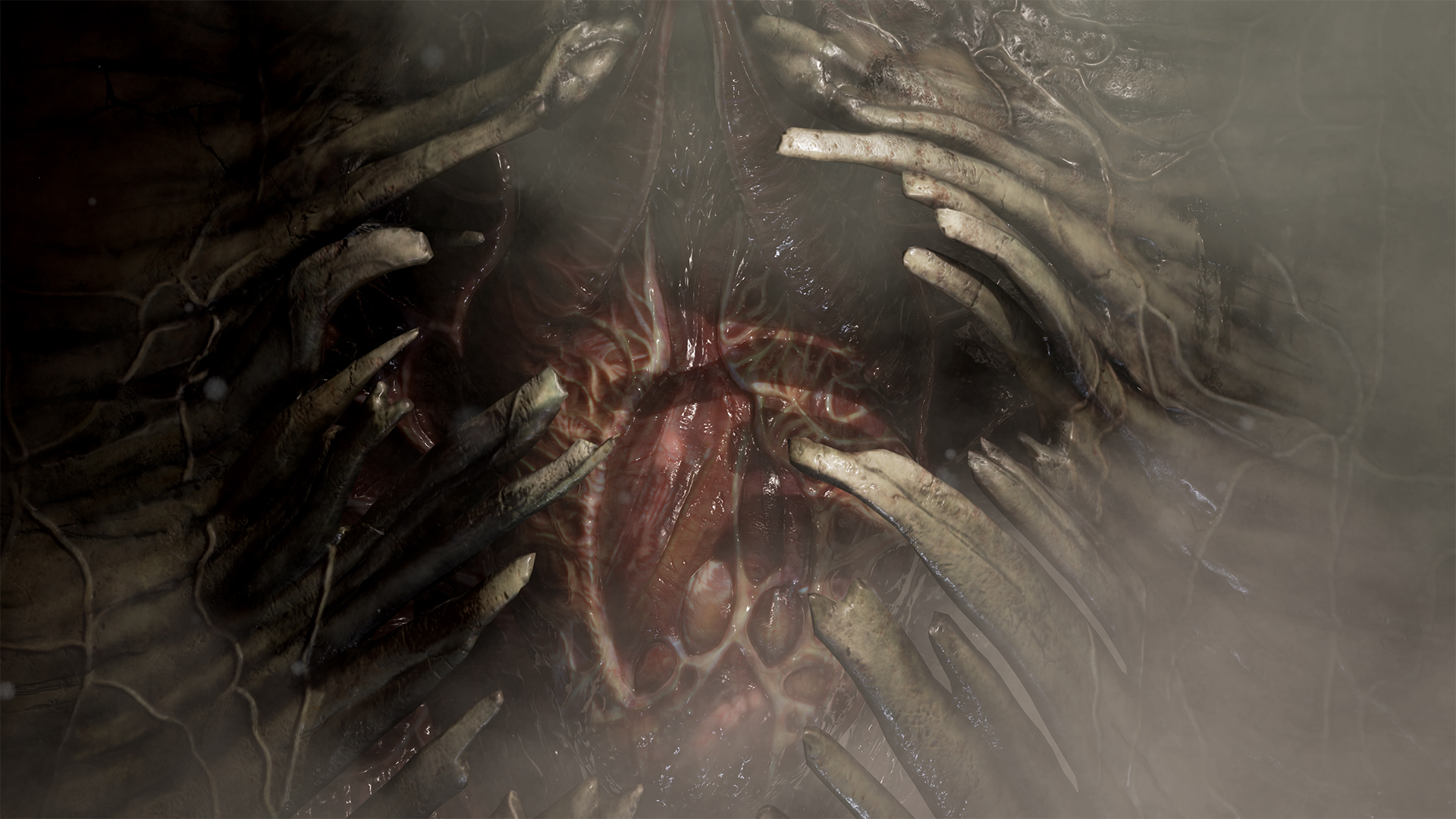
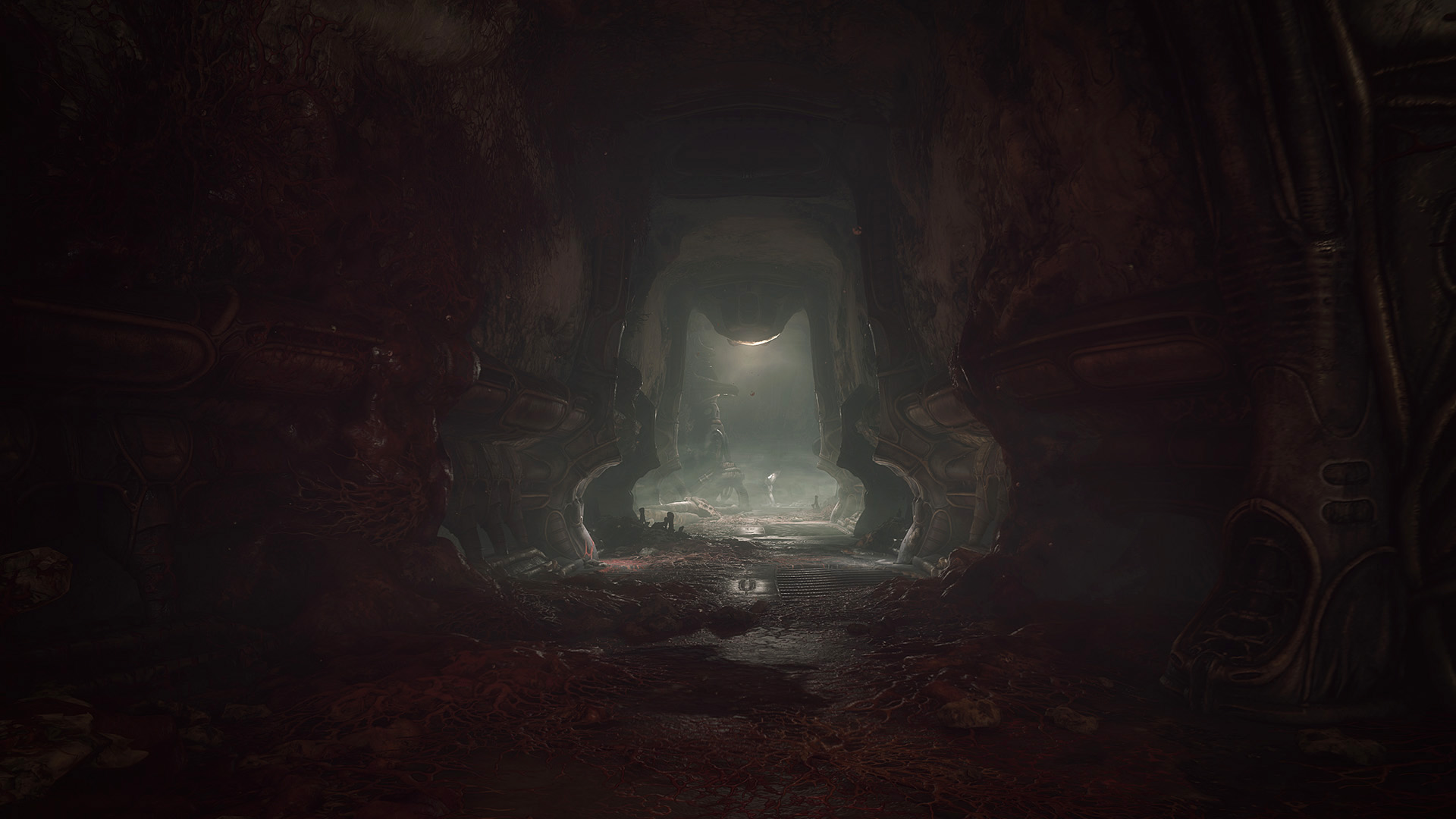
In a previous interview, Peklar alluded to horror classics like Resident Evil and Silent Hill as gameplay inspirations, which shines a bit of light on how its shooting will play. Scorn’s Kickstarter also pushes “environmental storytelling” in a way that resembles environment-driven games like What Remains of Edith Finch and Everybody’s Gone to the Rapture. There are no cutscenes, for one, and there’s a clear emphasis on observation.
“The biggest similarity is in the environmental storytelling,” Peklar says. “The biggest difference is that we are not trying to push traditional plot-driven narrative. That is where these games fail for me. Writing an interesting story requires a good writer, and game developers or writers that specialize in games writing are not very good. If they were, they would write a book or a screenplay. That’s the right medium for the job. Games for me are about interactivity and telling you a story through it.”
Peklar says he got into games because they combine several disciplines—music, literature, film and others—and add interactivity on top, offering a new way to tell stories. Of course, we’ve also seen countless games tell compelling stories by building systems around them. Peklar says he leans toward games like Shadow of the Colossus and Journey, which tell their story primarily through setting and atmosphere as opposed to a conventional plot arc. It will be interesting to see if Scorn can find its own balance and use its grisly scenery to pull players along, even as it horrifies them. The trailers we’ve seen thus far are enticing, but a bit too choreographed to make any judgments. If all goes well, we’ll be able to try part one of Scorn for ourselves in 2018.
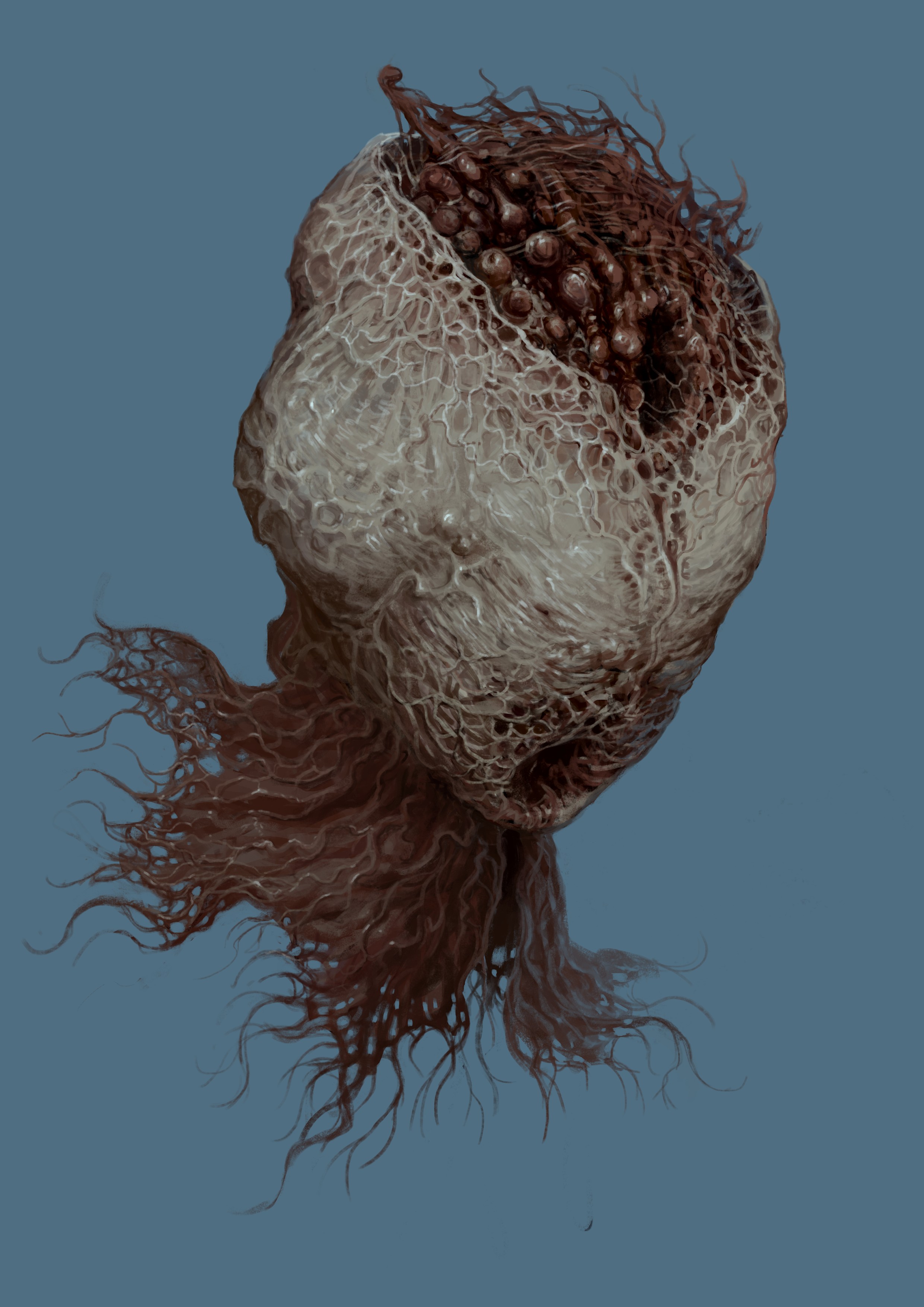
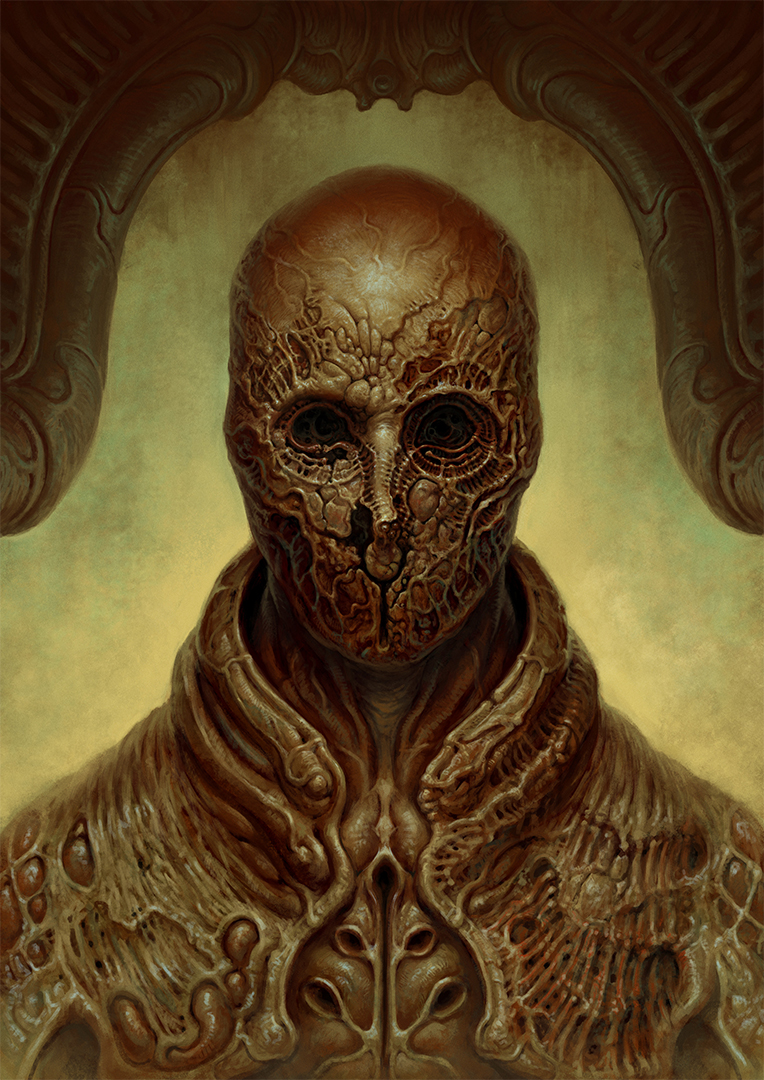
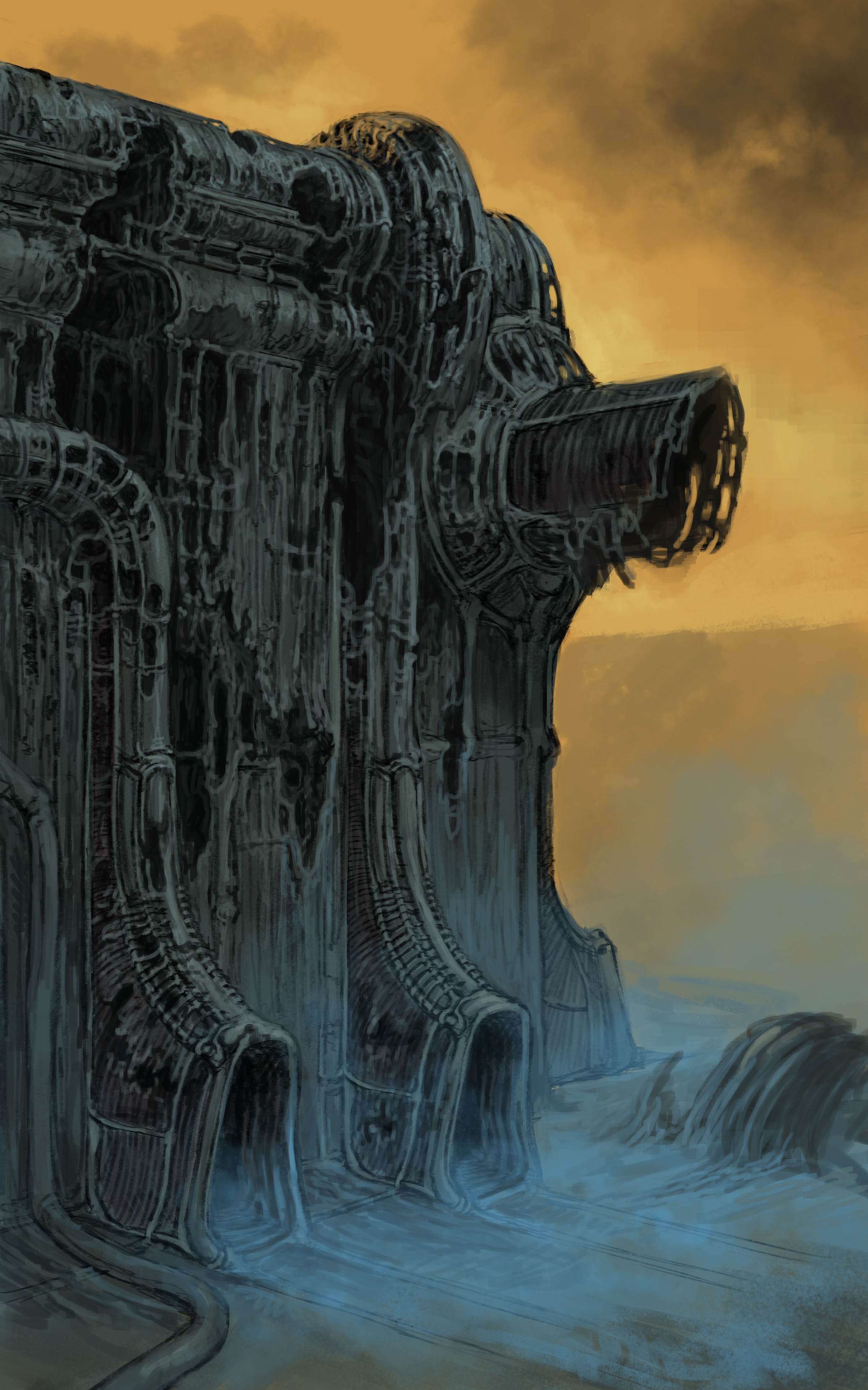
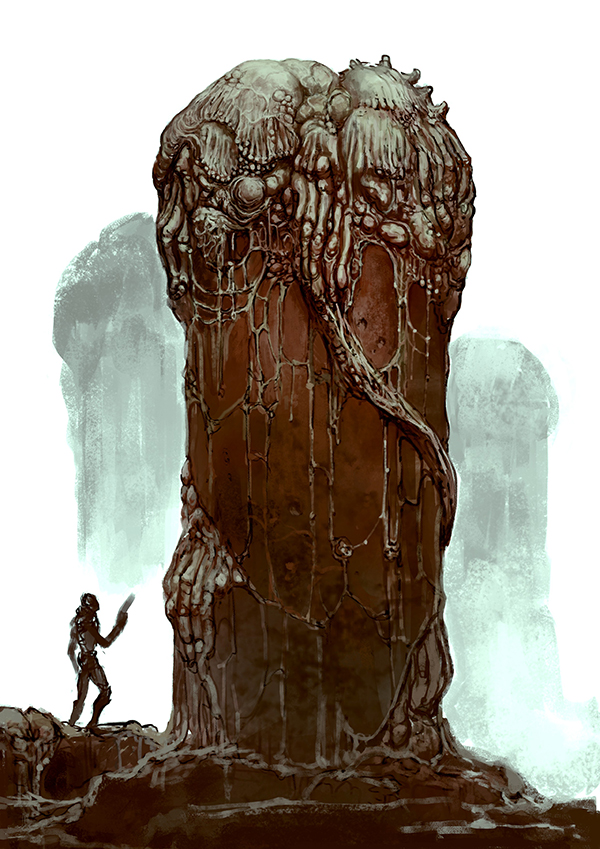
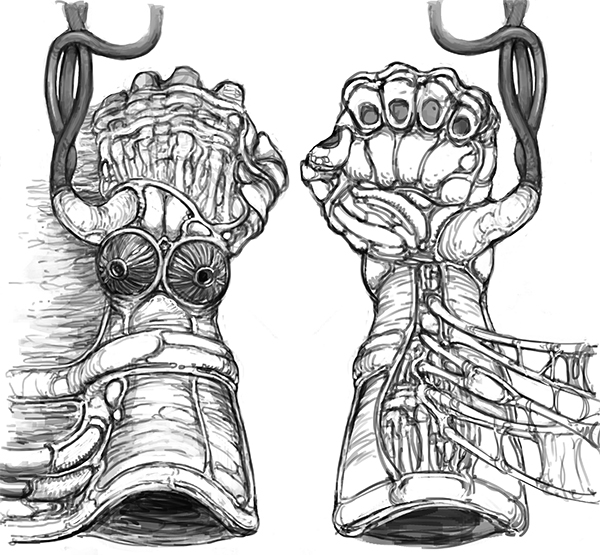
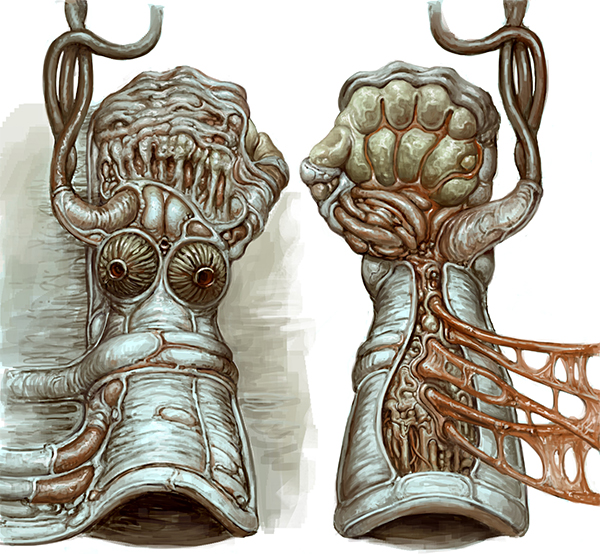
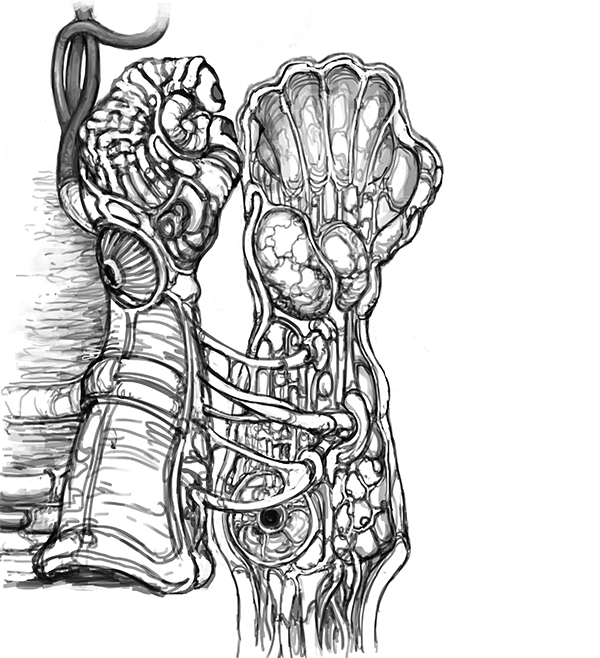
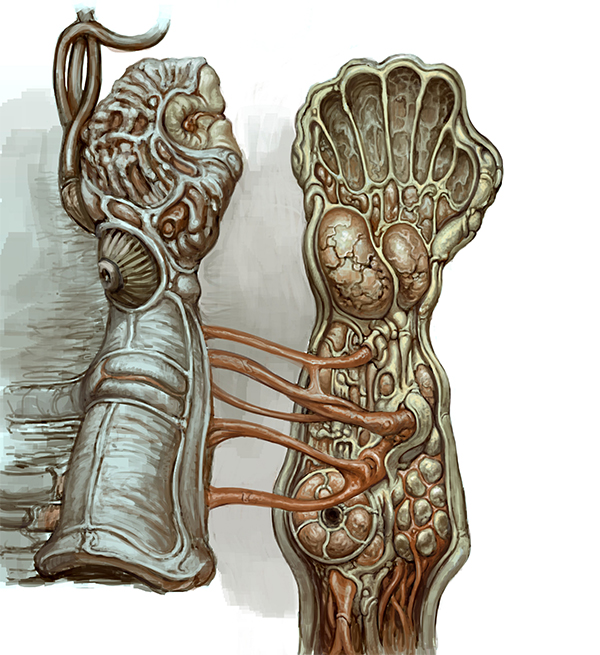

Austin freelanced for PC Gamer, Eurogamer, IGN, Sports Illustrated, and more while finishing his journalism degree, and has been a full-time writer at PC Gamer's sister publication GamesRadar+ since 2019. They've yet to realize that his position as a staff writer is just a cover-up for his career-spanning Destiny column, and he's kept the ruse going with a focus on news, the occasional feature, and as much Genshin Impact as he can get away with.

